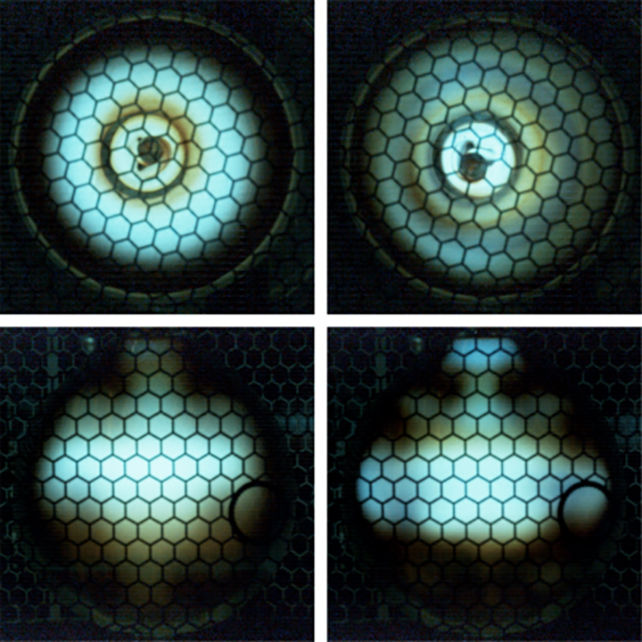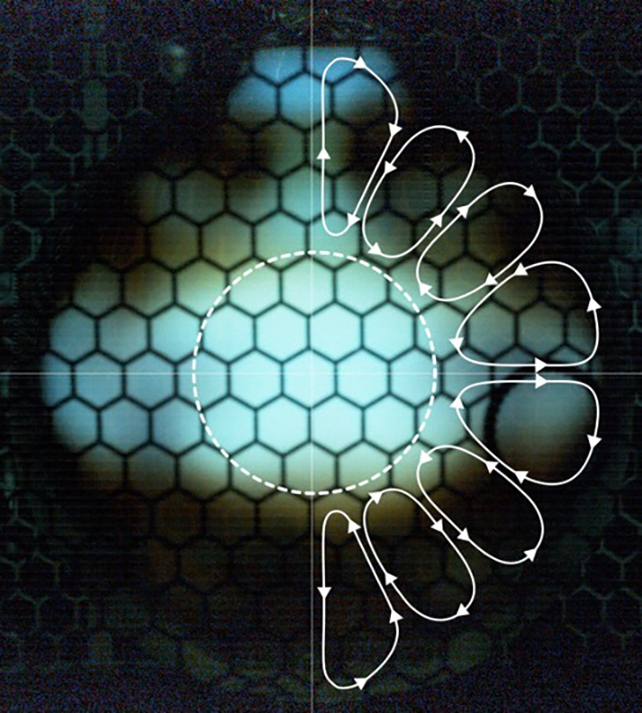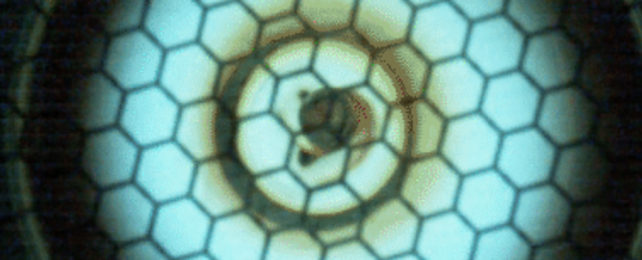Scientists have a problem when it comes to modeling space events inside laboratories: Earth's gravity tends to get in the way, making it difficult to replicate environments away from our planet.
A recently proposed solution takes the form of a tiny glass ball a mere 3 centimeters (just over an inch) in diameter. In spite of its size, the ball simulates key forces surrounding giant planets and stars rather well.
By using sound waves as a substitute for gravitational forces, researchers can gather crucial data on the formation and behavior of space weather such as solar flares that have the potential to impact spaceflight, satellites, and life on Earth.
"Sound fields act like gravity, at least when it comes to driving convection in gas," says physicist John Koulakis, from the University of California, Los Angeles (UCLA).
"With the use of microwave-generated sound in a spherical flask of hot plasma, we achieved a gravity field that is 1,000 times stronger than Earth's gravity."
Sulfur gas inside the ball was heated up to a temperature of 5,000 degrees Fahrenheit (that's 2,760 degrees Celsius) to produce sound waves that acted like an extremely strong gravitational pull, generating currents in the hot, weakly ionized gas (or plasma).

The end result was plasma convection, where gas cools as it nears the surface of a body such as a planet, before dropping back towards the core, where it reheats and rises again. The flowing gas generates its own magnetic field, which in stars would form the foundations of various forms of space weather.

Many of the conditions inside the glass ball, such as the way the hottest plasma was held at the center of the sphere, resembled mechanisms theorized to occur in stars. That sort of result has previously been very difficult to recreate inside the lab, yet now has been captured on camera.
"People were so interested in trying to model spherical convection with laboratory experiments that they actually put an experiment in the space shuttle because they couldn't get a strong enough central force field on the ground," says physicist Seth Putterman, from UCLA.
The basis of the research actually comes from a study into lamps, sound, and hot balls of gas, rather than anything related directly to space. This newfound ability to control the movement of plasma with acoustic energy could be useful in a range of other fields too, including studies of our own planet.
For the team, the next step is to scale up the experiment so it more closely matches the conditions in space (particularly in terms of temperature), and to investigate other aspects of the simulation. Essentially, the team needs to look at the experiment in more detail and get it to last for longer.
Right now, there are some types of convection behavior that we see around stars and planets that are too difficult to replicate with even the most powerful computers. With more development, this type of experiment could take on the job.
"What we showed is that our system of microwave-generated sound produced gravity so strong that Earth's gravity wasn't a factor," says Putterman. "We don't need to go into space to do these experiments anymore."
The research has been published in Physical Review Letters.
